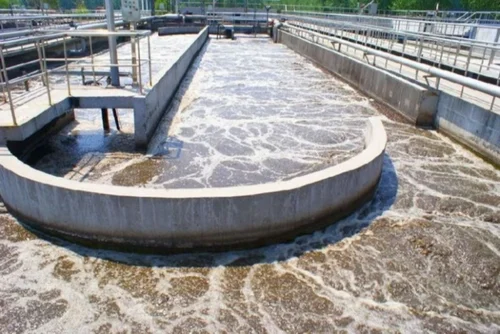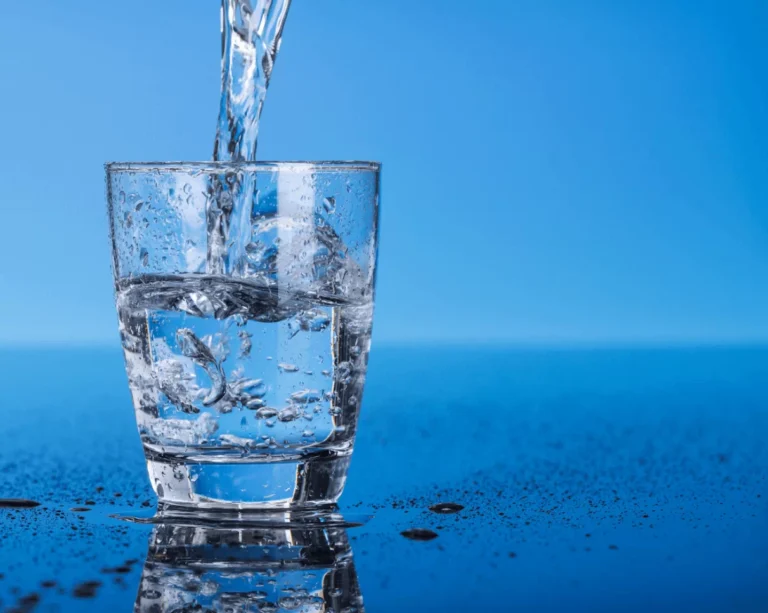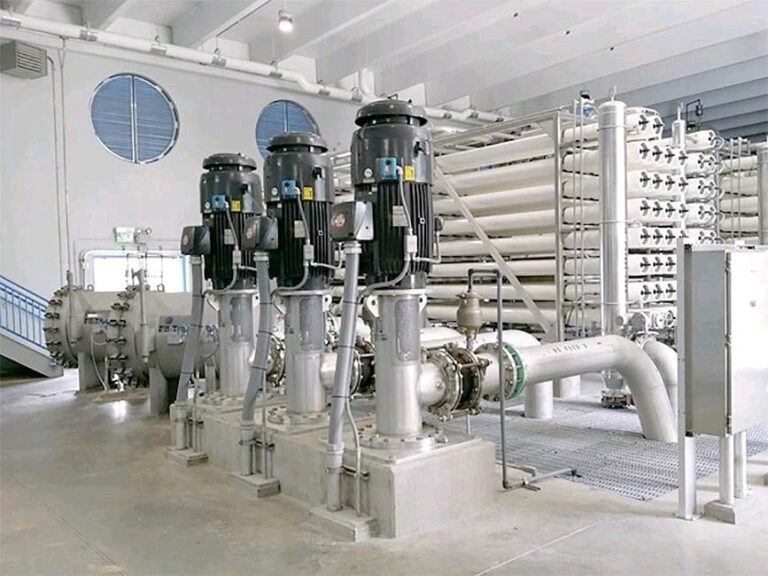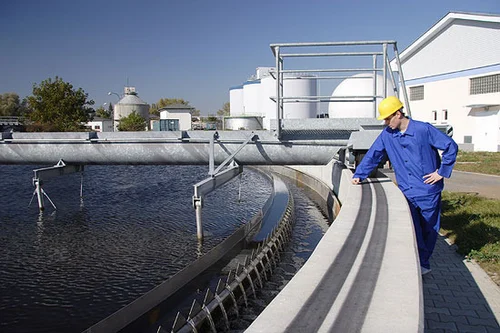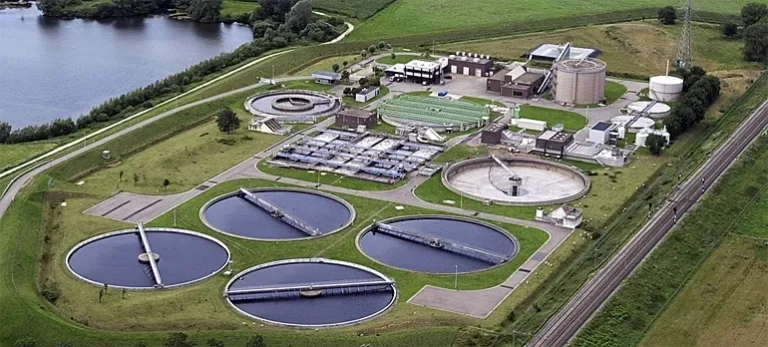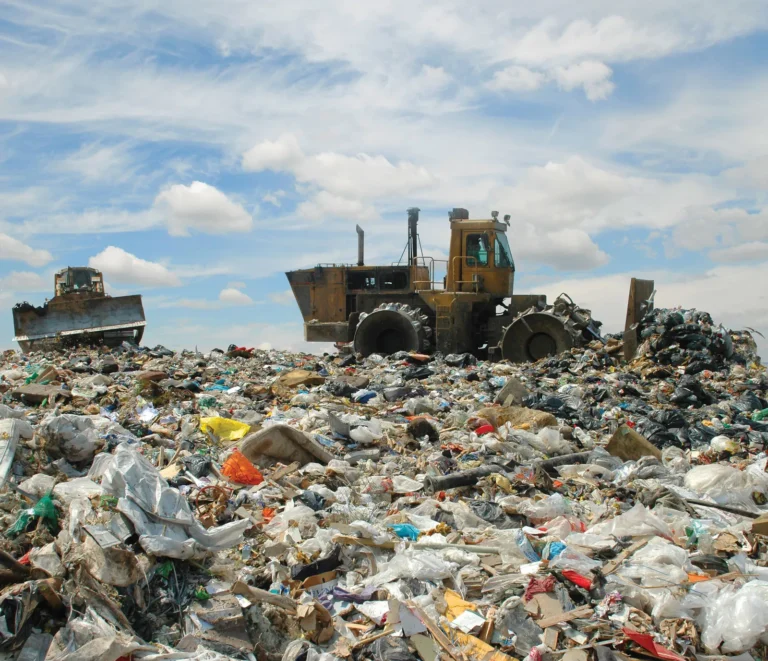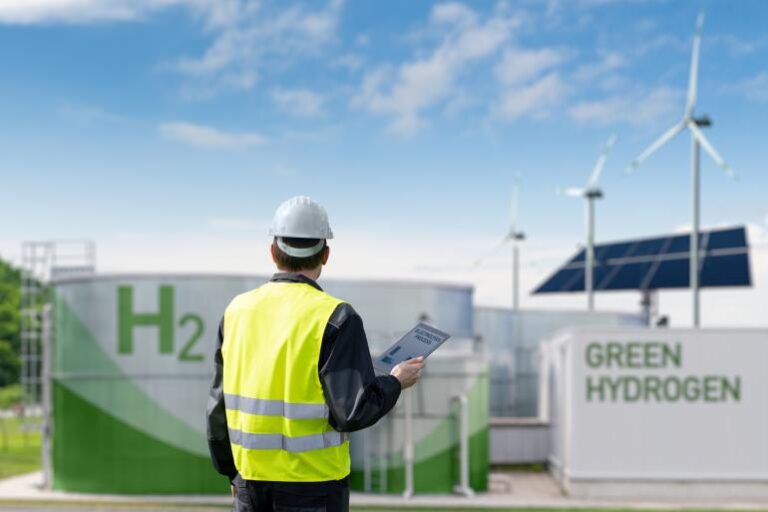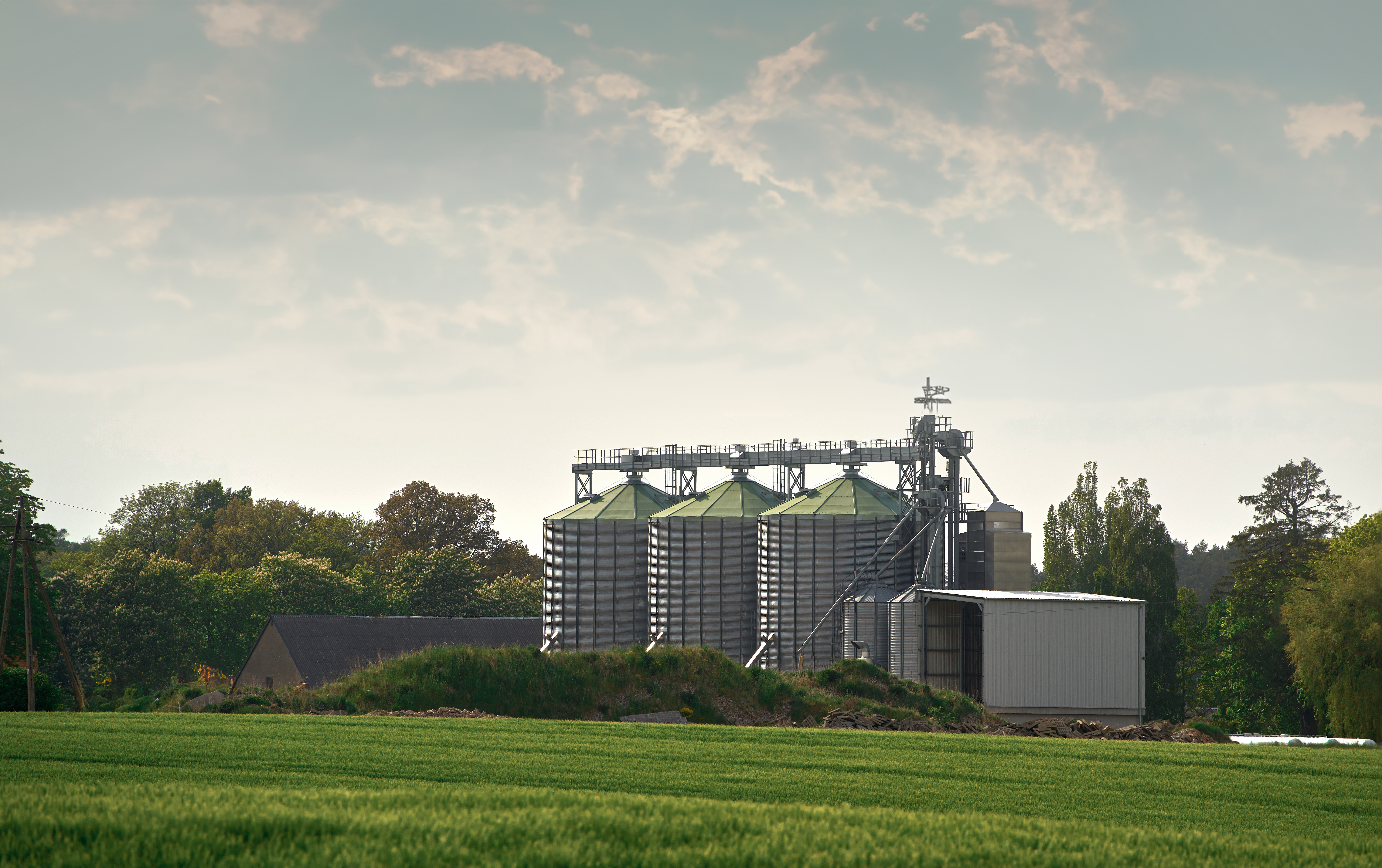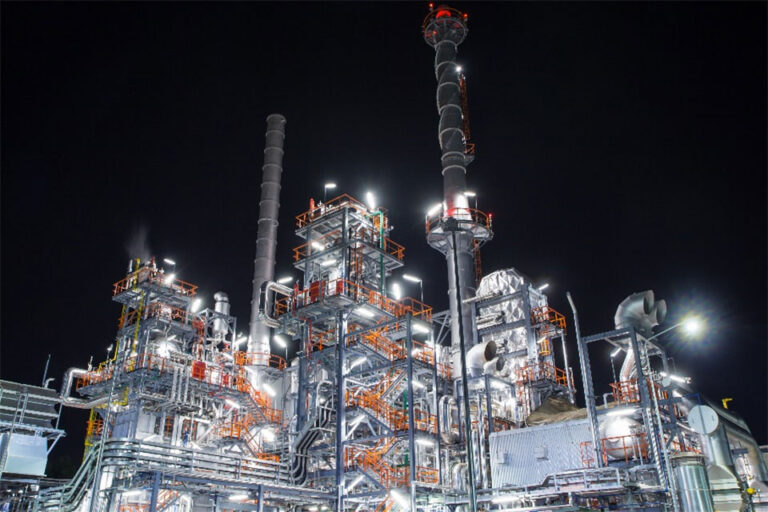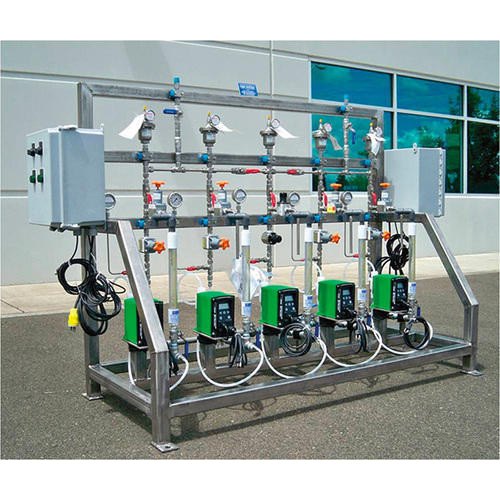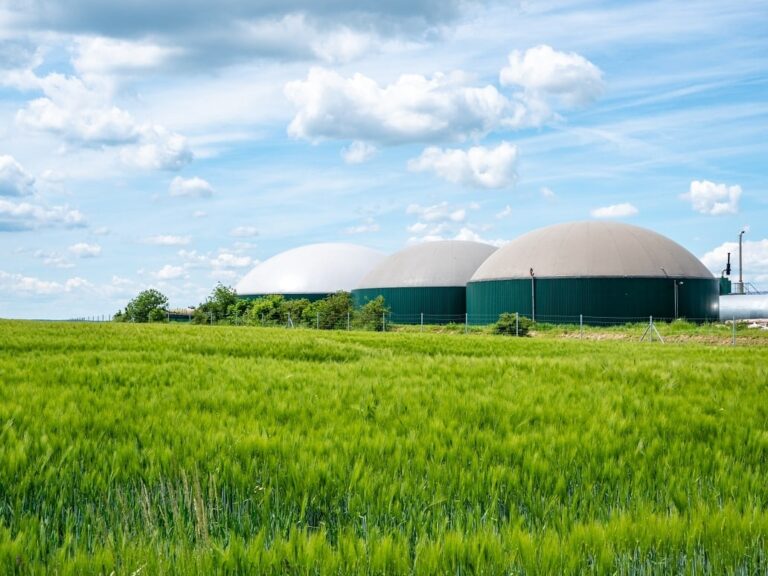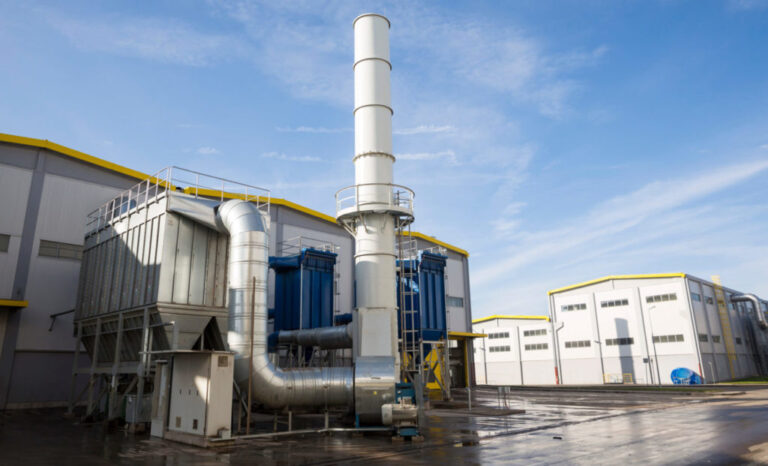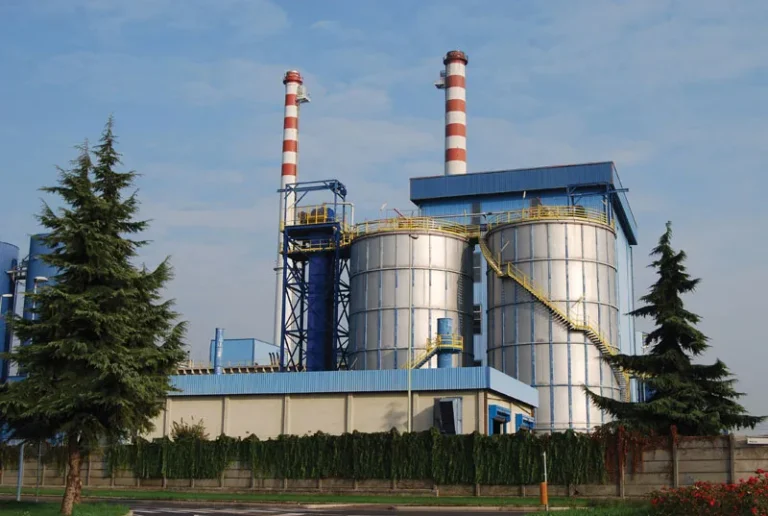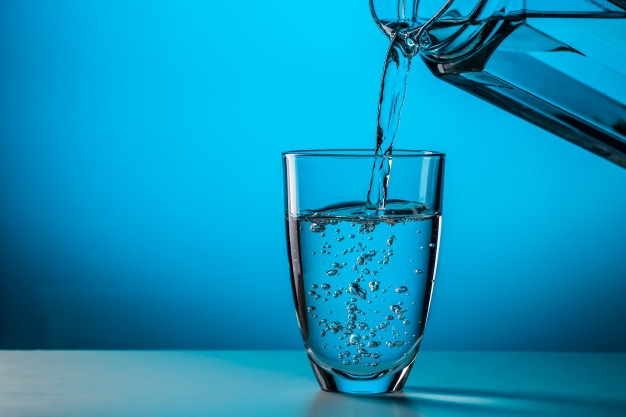BOOT and BOO Plants
Future-ready
Water and
Wastewater
Infrastructure
Without
CAPEX
Burden
Delivering Infrastructure Without the Ownership Risk
Industries and utilities face increasing pressure to expand water and wastewater treatment capacity, meet compliance benchmarks and integrate advanced technologies. But capital-intensive infrastructure is often delayed by budget constraints, procurement complexity or the lack of in-house operational expertise. BOOT and BOO models offer a proven solution by transferring the responsibility of building, owning and operating critical systems to a specialized partner. Through these models, clients benefit from long-term infrastructure without capital investment, technical risk or daily operational hassle.
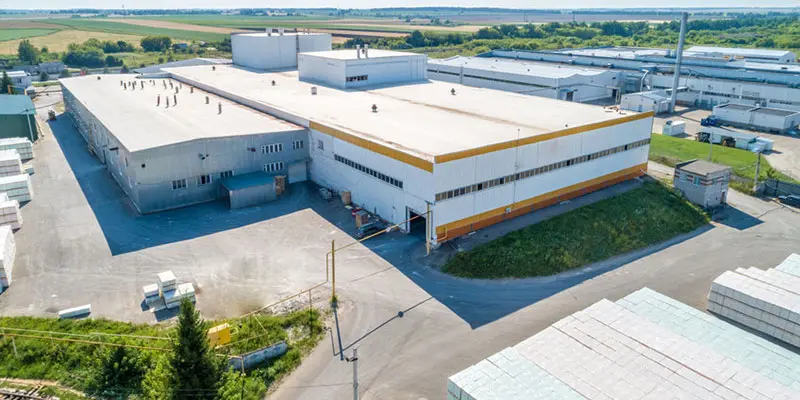
Our Approach
WOG Technologies Limited structures BOOT (Build-Own-Operate-Transfer) and BOO (Build-Own-Operate) models tailored for industrial and municipal clients. We finance, design, build and operate advanced water and wastewater treatment plants over a long-term concession, while ensuring compliance, uptime and cost efficiency.
You only pay for the treated output or service, no upfront costs and no maintenance burden.

What We Deliver?
- Custom-engineered water and wastewater treatment plants delivered as BOOT or BOO projects
- Project financing to eliminate CAPEX dependency
- Design, engineering, procurement and construction (EPC) by WOG’s expert teams
- Operations and Maintenance (O&M) for the full lifecycle of the plant
- Technology upgrades and compliance management are embedded in the contract
- Flexible concession periods aligned with client needs and regulatory frameworks
Why Choose WOG for BOOT / BOO Models?
End-to-end Execution
From concept to commissioning, backed by operational excellence.
Technology Neutrality
We deploy the best-fit technologies for your water chemistry and reuse goals.
Risk Transfer
Performance, compliance and system reliability lie with WOG, not the client.
Lifecycle Optimization
Our plants are designed for low OPEX and minimal downtime.
Global Experience
Successful BOOT BOO models implemented across power, oil and gas, food and beverage and urban infrastructure sectors.
Let WOG Build it. Own it. Operate it.
Get high-performance water and wastewater treatment infrastructure without capital stress. Talk to our BOOT BOO specialists to explore a model tailored to your needs.
FAQs
In BOOT (Build-Own-Operate-Transfer) models, WOG builds, owns and operates the water or wastewater treatment plant for a defined period before transferring ownership to the client. In BOO (Build-Own-Operate), the ownership remains with WOG permanently. Both models eliminate upfront CAPEX for the client.
Yes. WOG implements BOOT BOO models for complex industrial wastewater streams, including high-COD and hazardous effluent. Our systems use advanced treatment technologies to ensure discharge compliance through end-to-end management.
Clients typically pay a per-unit charge for treated water or wastewater, based on volume or output quality. This makes budgeting predictable and links payment directly to plant performance.
Absolutely. We include SCADA for water treatment plant performance tracking, predictive maintenance analytics and real-time quality monitoring as part of the service, ensuring transparency and regulatory compliance.
Industries with fluctuating water demand or limited CAPEX, such as textiles, pharmaceuticals, refineries and industrial townships, gain flexibility, reliability and efficiency with BOOT BOO models.

